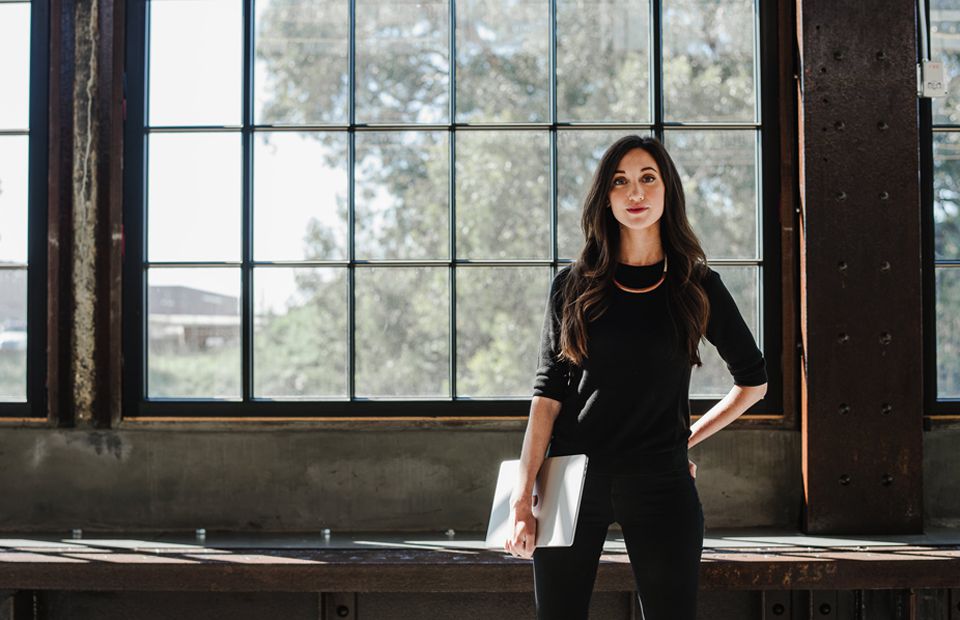We've heard some strange and interesting responses to the question, "As a kid, what did you want to be when you grew up?" but Molly Nix's answer is probably the most memorable yet: she wanted to work on something that doesn't exist yet. If that sounds like something out of a sci-fi novel, you're not wrong exactly. These days Nix works as a user experience (UX) design lead at Uber in its self-driving division. As in self-driving cars—something that, until a few years ago, existed solely in The Jetsons re-runs.
As a member of an industry (and company) that's attempting to push the boundaries of modern technology, Nix and her team have persevered despite recent setbacks, keeping their focus on how to design for the future. That means taking risks regularly and often, learning from the occasional misstep, and prioritizing designs that serve real people with real problems, needs, and desires. Unsurprisingly, Nix has some unique perspective on how to build an ideal career path, too.
As a kid, my hobbies really quickly transitioned into work. My dad is a software engineer, and for my tenth birthday, he taught me how to build a computer. We bought all the parts, wired them together, installed the software, and that actually ended up being the machine that I used through high school. Growing up, computers and the internet were this huge creative outlet for me.
At the same time, I really liked photography, which quickly turned into an entrepreneurial effort. I would take people’s yearbooks photos and get paid to photoshop pimples off of high school students. While I was still in high school, my interests merged into this general freelance business where I designed websites for small businesses in the town where I grew up. It gave me spending money to go to the movies and things like that. I found the design and technology thing super interesting and thought I should look into it when I was figuring out what I wanted to study in college.
On Her College Experience
I knew when I was looking at colleges, I didn’t want to go to a full-on "arts" school. I ended up finding Carnegie Mellon, which prides itself on having an interdisciplinary curriculum. I went to the design program and when I got there, I found the name for the mix of design and technology that I had been looking for all along: "human-computer Interaction," which combines design, computer science, and psychology.
[Then] as I was finishing my undergrad, I felt it was important to get more depth in the field of human-computer interaction, so I went ahead with an accelerated masters, which meant I stayed in Pittsburgh only six months longer than I had originally planned to graduate from undergrad but came out with a masters degree. It was a really good deal from a tuition standpoint.
On Her Advice For Undergrads
As a designer, I feel lucky to be in an industry where one of the biggest aspects of the hiring process is a portfolio. Getting real experience (which, for me, meant having internships at large tech companies and a design agency under my belt) gives you a chance to leverage that experience and do real work while you’re still in school. Without a doubt, that's definitely the biggest advice I have for design students: in addition to coursework, try to do anything, paid or unpaid, that gives you the experience in the field you’re interested in.
My first internship when I was in college was an unpaid internship at a design agency before my sophomore year. Obviously, not getting paid is not great, but because of that I was able to have a portfolio with projects that I worked on with real clients. And that was the stepping stone to my next internships, which were paid, and ultimately, to my first job after school, which was [at] YouTube.
On Gratitude
Working at Google was just what I wanted after school. And it actually almost never happened. [Getting that opportunity] was partly really hard work, but a whole lot of luck, too. I’ve realized that some of the biggest breaks in your career are completely left to chance. It’s about being thankful for those opportunities that you’re given. I owe a lot of gratitude [to that].
I interned at YouTube before my senior year and had this really amazing opportunity to work on projects during my summer there. I remember being shocked that any company, particularly a company like Google, would trust an intern to design features that actually made their way to the real site, at all. I came out of that summer with this really amazing experience of how my education can apply to the real world and the tech industry, as well as an incredibly strong network of mentors to learn from.
On Working for Google
I spent most of my first year designing an app called YouTube Capture, which is a casual video-sharing app—it sounds super predictable these days, but I promise in 2012 it was before Snapchat or Instagram stories, so it was [unique]. For me, it was super exciting to be working with a small team. During my time at YouTube, I worked on other projects with increased complexity of the areas of the projects I worked on. Ultimately, I was managing my own small team before I left.
Throughout my years there, my favorite aspect of any project, without a doubt, was getting to spend time listening to and learning from the creators who we were designing for. It was super inspiring to hear from the people who were able to pursue their creativity and support themselves on the platform that I had a hand in creating. It was an incredibly rewarding experience.
On Transitioning to Uber
When I graduated school, I had a lot of people ask me that super classic question, “What is your five-year plan?” I remember saying, at the time seriously, “I want to be working on something that doesn’t exist yet.” And that was my answer. Exactly five years later, sure enough (and despite moving to San Francisco), I actually found myself back in Pittsburgh, reading the designs for the launch of this world’s first-ever self-driving ridesharing product. That didn’t exist when I graduated, so it’s come full circle.
I had been at Youtube from 2010 until 2015, and the team had grown tremendously in the time that I was there. I think when I joined, the User Experience team was 12 people, and when I left, it was over 200. The tech industry changes quickly and it just felt like time to try a new challenge.
I was looking around and found a really interesting opportunity to come to Uber to help lead a project around this driver app. My first year, I was doing similar projects to [what I was working on at] YouTube. At YouTube there are viewers and creators, in Uber there are riders and driver partners. That my experience from Youtube translated easily to my experience at Uber at first.
On Working on Self-Driving Cars
I'd been working on Uber’s driver experience for a little over a year when I “got the call,” so to speak. There was a team in Pittsburgh that was working on self-driving cars and gearing up for a big launch. But they had a big gap—they didn’t have a designer.
When I got the invitation to help them out, with two days notice, I packed my bags and went to Pittsburgh for a month to help the team launch the world’s first ever self-driving ride sharing program. This is one of those things that I didn’t go to school for. Designing self-driving cars—there's no school for that.
People tend to imagine my role as creating sci-fi concepts or cars that look like living rooms, but in reality, my day-to-day is quite the opposite. It’s easy to imagine the realm of possibilities of self-driving cars, but the hard part is what we did over the summer in 2016: knowing where to start.
When society thinks of this incredible moment of conception—where self-driving cars have the potential to radically shape how the world moves—outside of the technology itself, the success of self-driving hinges on whether or not we as people, as humans, can trust them enough to actually use them.
Because of that, my focus over the last year and a half has actually been unpacking what it means to build trust in brand new technology and figuring out how we apply those principles to the brand new area of self-driving cars because the rulebook isn’t written yet. There aren’t products or distinct patterns to look at for how to design for this type of experience, so we look at different parallels and figure out how to design this new thing.
On What's Next
I have this framework that I use for evaluating my job or jobs in general, that I like to call The Three Ps: people, problem, and purpose.
First and foremost, the people that you work with should inspire you, teach you something, and challenge you to become better. The second one is the problem that you’re solving. Your day-to-day should be challenging and complex enough to keep you excited to try to solve it. Finally, the most important one is the purpose or mission of either the project or your company or the team. It should be something that you truly believe in and align to. I’m lucky because I’m currently in a role that more or less fits that criteria.
And, of course, there’s always that pipe dream of having some really awesome job that mixes my interests in design and food and travel, but I don’t know what that is yet! I continue to come back to what I said when I was graduating school, which is that the job that I want to be doing in five years is designing for something that doesn’t exist yet. And that’s totally cool to have that mindset.
What's your typical week look like?
Not only is every day different, but every week is different, which is something I love about my job. I’m based in San Francisco, but I go to Pittsburgh once a month on average, so here’s an example of what a week where I head to Pittsburgh might look like:
Monday: Hop in an uberPOOL at 7:15 am, get to the office by 8 am. Mondays are generally the weekly meetings to recap last week and set the goals for the upcoming week for design, product, and engineering.
In between meetings, I’ll use spare chunks of time to put finishing touches on a prototype we’re testing for a user research session on Wednesday. I’ll wrap things up by 6 pm, then meet a friend for dinner in my neighborhood.
After dinner, I’ll head home to throw some things in a duffel bag before heading to the airport to catch a redeye to Pittsburgh.
Tuesday: Land in Pittsburgh, probably nap a little extra in the Uber from the airport, drop my bag at the hotel, and then head into the office. I’ll spend some time with the team working on materials for the user research to go through the prototype and get feedback, and make any updates for tomorrow’s study.
An engineer swings by my desk to mention she’s about to head out to a car for a “dev test” to validate an upcoming change to an interface in the vehicle, and asks if I want to go along to review. I join her, and provide some feedback to further polish the UI. This sparks a different idea, and I go inside to chat with my teammate, another UX Designer, and whiteboard out some ideas with him.
As the day winds down, I’ll go out for dinner or a drink with my Pittsburgh-based teammates to catch up while I’m in town. I went to college in Pittsburgh, and I always like going out to see how the city has been evolving—it seems like every month I’m there, a new restaurant has opened up.
Wednesday: Instead of going to the office, I head to our track testing facility for the research study. My colleague, a UX Researcher, is taking the lead to conduct a day full of studies testing out the new prototype, but she has asked me to help out by taking notes and greeting the participants.
Sometimes a piece of feedback from one of our participants sparks an idea that I can’t help but dive into and start exploring, so I might do that in the downtime between sessions. The study wraps up, and I get a chance to catch up on emails that have piled up over the day.
In the evening, I’ll grab a quick bite from one of my old favorite restaurants from college, and go back to my hotel room to have a quiet evening.
Thursday: I check out of the hotel in the morning and then head to the office to debrief from yesterday’s studies, unpacking what we observed and capture ideas for how we can move forward and iterate on our design. A candidate we are interviewing to join the team is on site today, so my day will include the interview and time afterward to write down feedback.
I’ll head to the airport around 4 pm, and hop on a plane back to SF. I intentionally don’t connect to the airplane wifi, and instead use the ~5hr plane ride to get rare, uninterrupted time writing content and designing slides for an upcoming talk I’m giving at a conference. I land back in SF in the evening, make it back in time for dinner at home with my boyfriend, and catch up on the week.
Friday: Wake up in my bed for the first time since Monday morning. I’ll check my calendar, and see that I don’t have any meetings scheduled until 10 am. Nice. I’ll use the extra time to have a relaxed morning—maybe call into a meeting from home, and head into the office by 9:30 am.
Fridays tend to be lighter meeting days, which for me means uninterrupted blocks of time to do creative work—a nice treat at the end of the week. As Friday wraps up, I try to take some time to set goals for the following week, and tie up loose ends so I can enjoy my weekend.

Where do you look for inspiration when thinking about design?
Watching people use technology—there is so much inspiration and opportunity that lies in simply learning to observe people.
What’s your favorite way to decompress?
Catching up with friends over a glass of funky, natural white wine.
Best advice you’ve ever received?
Never stop learning.
What's your advice for handling crisis?
It’s just about reflecting on the underlying missions and things that drive you. And understanding that things beyond your control often happen. Being careful to not be overly reactive. Use these moments as an opportunity to really reflect and understand how, if there’s anything you have control over, what can you do, and how can you help? Use moments like that as an opportunity to connect with yourself and the people around you.

If you weren’t in UX, what would your dream job be?
Interior Design. I love the design of environments and physical space. Plus, I’ve been known to dabble in amateur furniture making.
What’s your favorite thing to listen to when commuting?
Usually last night’s episodes of Colbert and Trevor Noah.
Next vacation?
I’m a relatively last-minute traveler...right now it’s looking like Japan, but that’s subject to change.
Your ideal Saturday morning?
Yoga, sauna & schvitz at the gym. Then going home, opening up the garage door, and having friends and neighbors by for coffee.
Biggest lesson you've learned?
I’ve often realized that fear is the key thing holding me back. If I can translate that to some advice, rather than talking about my failures or mistakes, it would be to not wait on getting started on developing areas of personal growth. There’s so much opportunity to grow and learn in things that make you uncomfortable.
You May Also Like
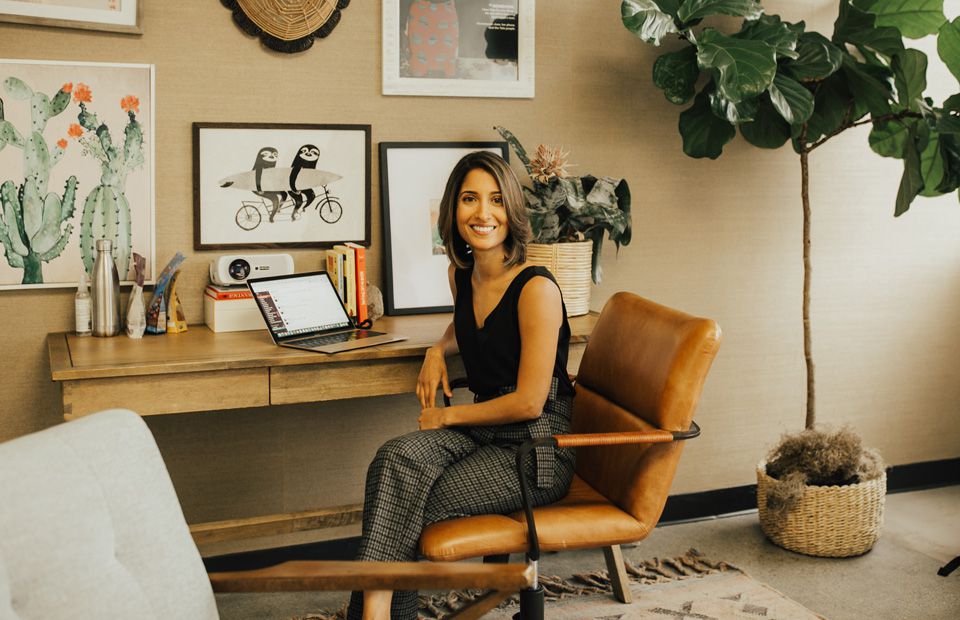
Technology
A Tech Founder on Why Being an Outsider Is a Strength
"I actually think most successful founders are rebels, of a sort. We’re trying to do new things and take on entrenched systems or ways of thinking. What makes me and our company different is that we’re outsiders."
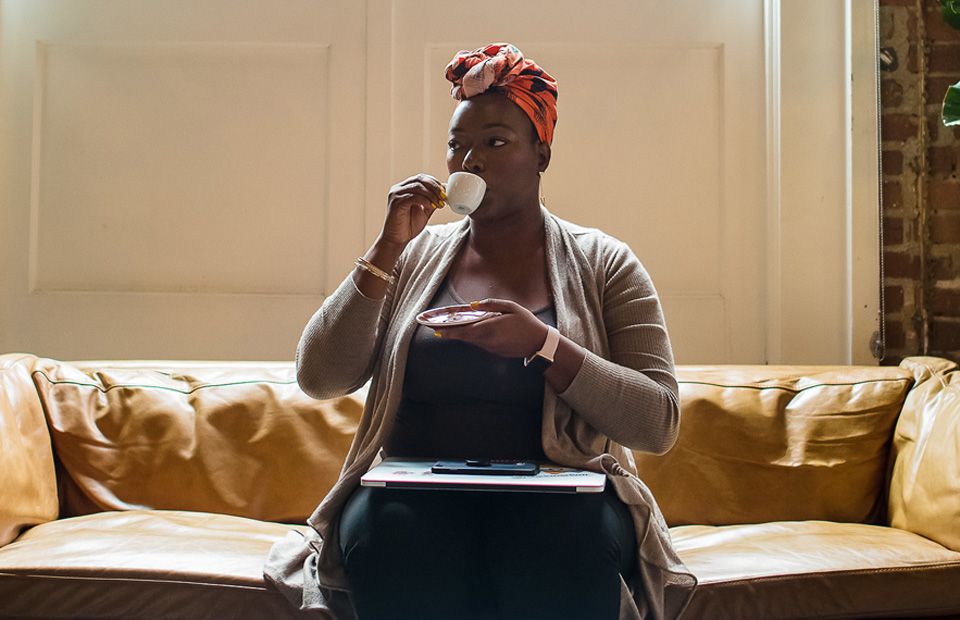
Technology
Omoju Miller—Tech Veteran, Leader, and Volunteer Advisor to the Obama Administration—on The Crucial Role of Creativity in the Tech Industry
"If you are in an environment where you feel marginalized, leave. Don’t try to change it. Go and look for a place that sees you and lets you be you."
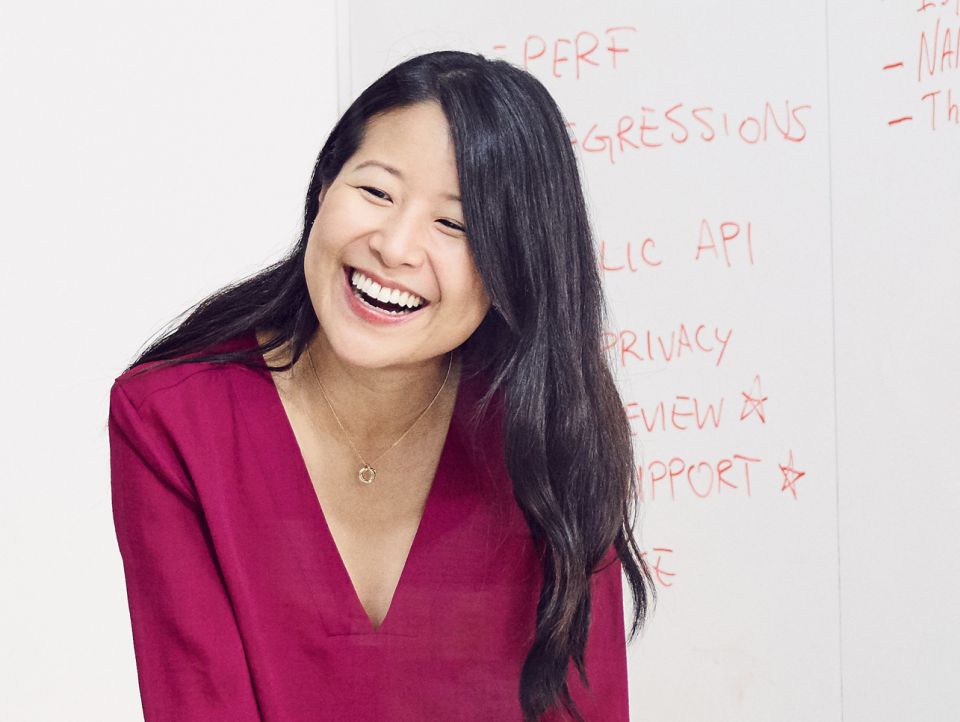
Technology
Sharing Stories as a Software Engineer
We sat down with Apple software engineer Emilie to learn about her day-to-day working at Apple along with what it takes to run the perfect meeting and her favorite ways to unwind.
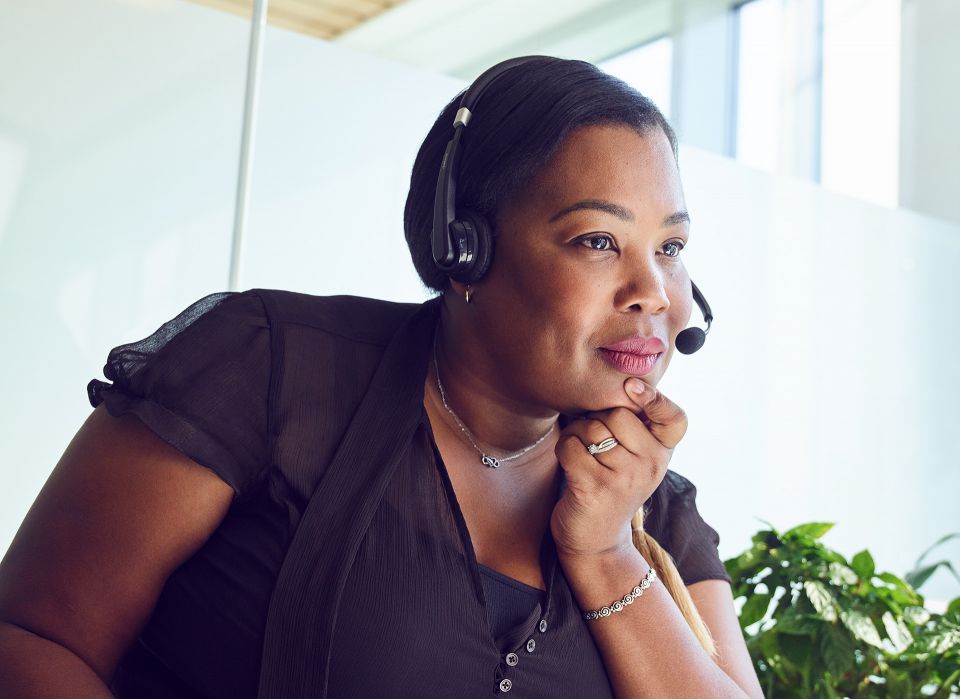
Technology
Creating Impact with Apple
We sat down with Apple's Senior Developer Partner Relations Advisor, Cris, to learn about what it takes to create a lasting impact within a large company. She shares a typical day in the life, her favorite book recommendations, and her top four tips to running a meeting.
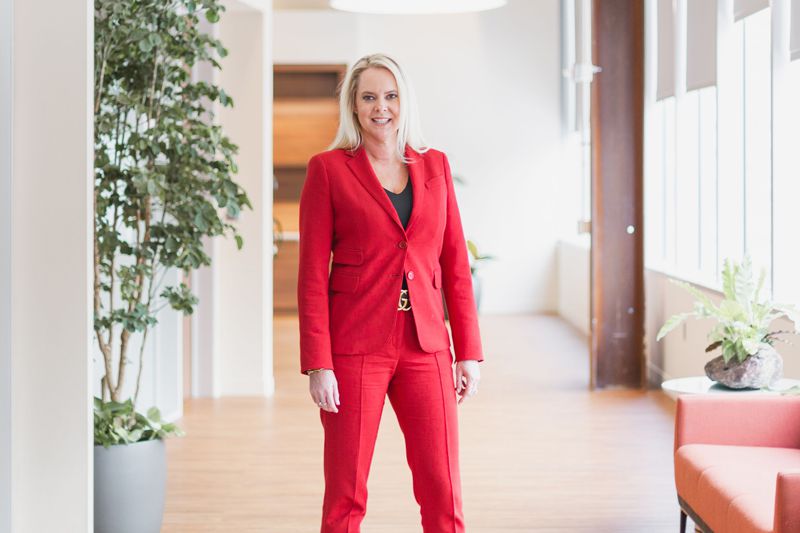
Technology
Salesforce’s Senior Vice President of Sales on Unconscious Bias, Failure, and Innovative Leadership
"Do not be afraid to fail, just bring your best self to the table."
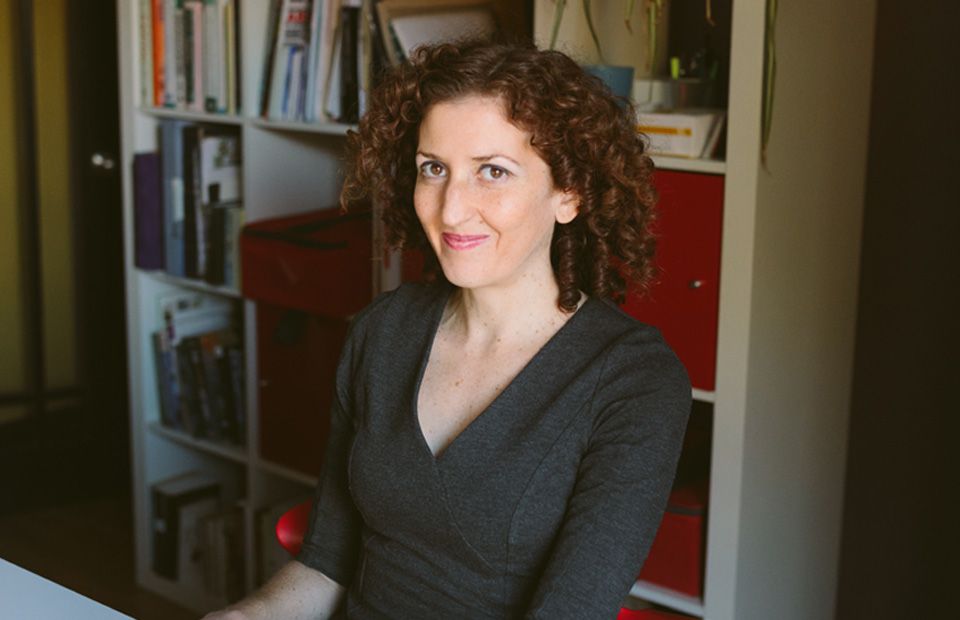
Technology
A Director of Engineering on Tech + Leadership
"I don’t believe in 'having it all'. If you spend more time on one thing, then you spend less time on another thing. All we can do is make choices on how to spend our time."
Get the Best Career Advice Delivered To Your Inbox
Join our newsletter to stay in the loop.
